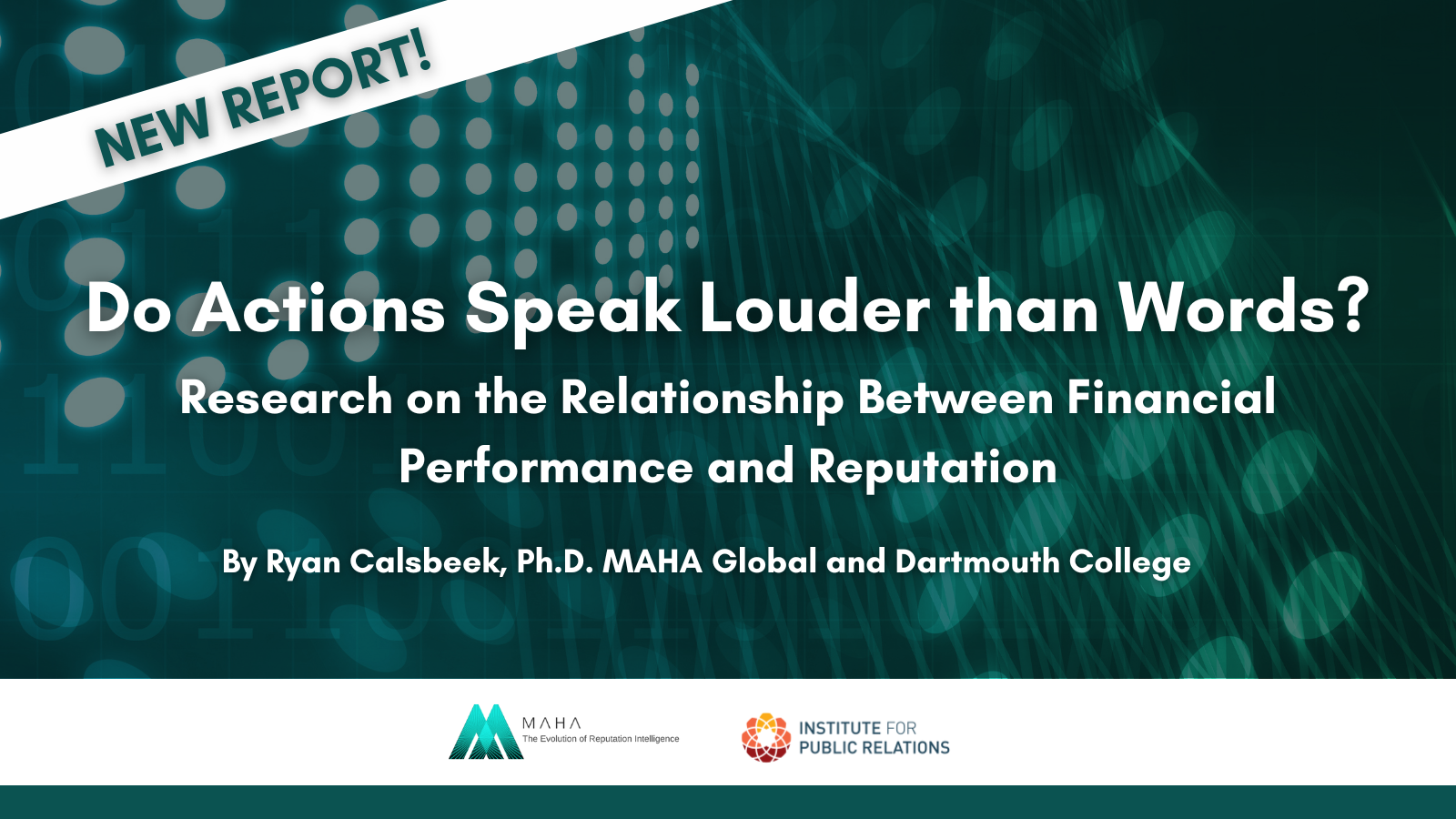
The contingency theory of conflict management has established that organizations adopt a public relations stance, or general position (accommodative or advocative), towards various publics based on a variety of internal and external factors.
Turning the contingency continuum on its head and using it as a tool for evaluating publics’ conversations in light of a crisis situation, the overarching question is posed:
Do unorganized or semi-organized publics adopt a stance towards an organization?
The NFL’s Concussion Crisis
The National Football League is facing a long-term public relations threat over the issue of Chronic Traumatic Encephalopathy (CTE), a progressive neurodegenerative disease that occurs in association with repetitive concussions. This issue reached a tipping point in December 2015 with the release of Concussion, a feature film starring Will Smith that portrays the NFL in a nefarious manner. The NFL has recently admitted that football can cause CTE. CTE has contributed to memory loss and paranoia and has negatively impacted the lives of more than 80 former NFL players.
The NFL’s Publics
Feature films, television shows and other forms of popular media influence public opinion. There is already evidence in the form of declining youth participation in contact sports and legislative actions that the concussion/CTE issue is affecting the public. To test this a content analysis of tweets about the Concussion movie, a week before and after its release, were analyzed.
What We Examined
We analyzed six publics, organized by their identifiable stakes in the issue.
- Lay Public: No identifiable stake in the issue.
- Journalists and their support staff.
- Influencers: Celebrities, etc.
- Athletes: Current and former NFL and collegiate players as well as coaches and athletes from other sports.
- Health Community: Ranging from doctors to pharmaceutical companies.
- Lawyers.
We first looked at the subject of the tweet: NFL, Concussion movie, and the concussion issue itself. Then, we assessed these tweets for valence: positive, negative and neutral towards the subject the tweet.
What We Found
- The majority of the tweets were about the Concussion movie and these were overwhelmingly positive. The lay public, journalists, athletes and influencers enjoyed the movie and their perceptions of the NFL were likely influenced by it. A sample of one tweet sums up this finding.

- Very few tweets were about the NFL and these were overwhelmingly negative.

- The health community was mostly concerned about the issue of concussions in sports and the prevention/treatment of CTE. It appeared to be the most accommodative towards the NFL, indicating the potential for fruitful partnerships.

What This Means
This study provides some initial evidence that unorganized and semi-organized publics can adopt a stance in the same manner as an organization during a crisis situation. It highlights the potential of the contingency continuum as a tool to diagnose publics’ stances toward an organization during a crisis.
It also means that the NFL strategic communications team is facing a challenging and long-term threat to the sport of football itself as the concussion issue increasingly becomes part of public conversation.

 Douglas Wilbur and Danielle Myers are doctoral students at the University of Missouri School of Journalism, where they specialize in strategic communication. Follow Douglas on Twitter @ProfWilbur. Follow Danielle on Twitter @dani_n_myers.
Douglas Wilbur and Danielle Myers are doctoral students at the University of Missouri School of Journalism, where they specialize in strategic communication. Follow Douglas on Twitter @ProfWilbur. Follow Danielle on Twitter @dani_n_myers.



